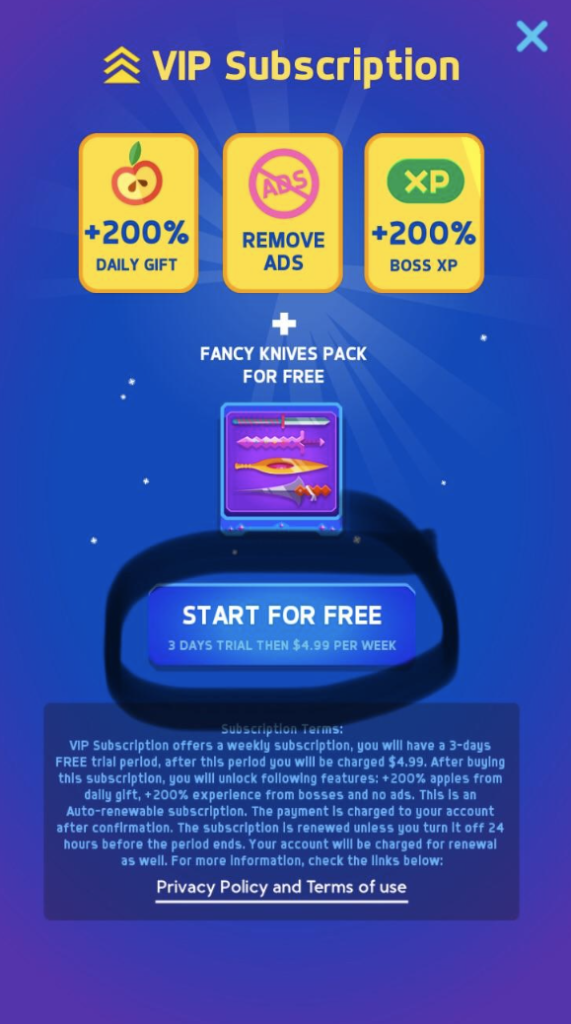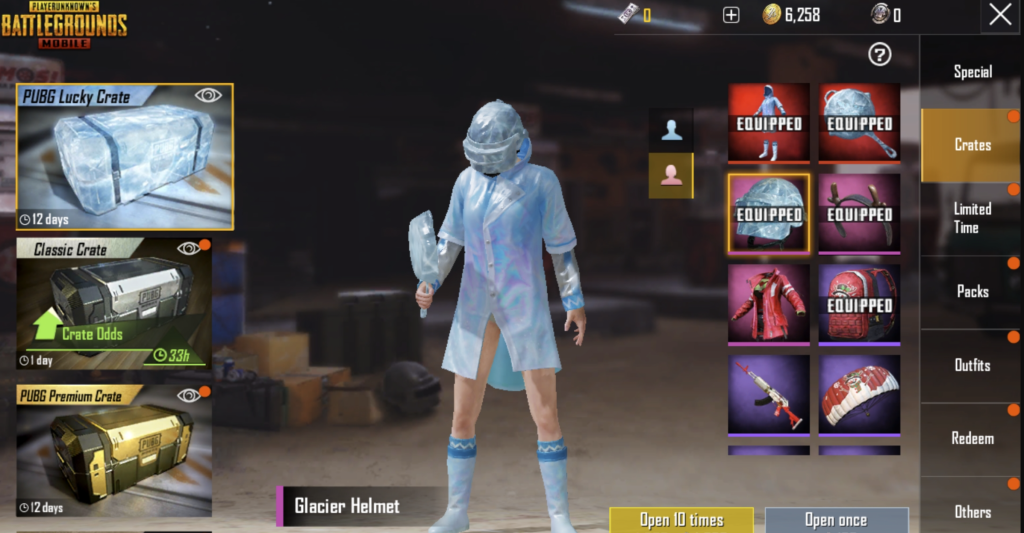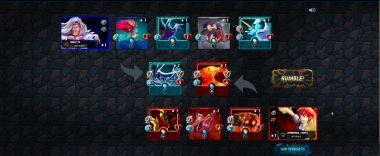Introduction
The mobile free-to-play (F2P) model has revolutionized the gaming industry, offering players the opportunity to access games for free while generating revenue through various monetization strategies. This model has been particularly effective in mobile gaming, where developers have creatively employed a range of tactics to drive revenue. This article delves into the most effective strategies for F2P monetization in mobile games, providing examples of successful implementations and illustrating the in-game economies that make these strategies work.
1. In-App Purchases (IAPs)
Definition and Mechanism
In-App Purchases (IAPs) are one of the most common monetization strategies in F2P games. Players can buy virtual goods, currency, or other content within the game. IAPs can include cosmetic items, power-ups, additional lives, or game-expanding content.
Successful Examples
1. Clash of Clans: Supercell’s Clash of Clans is a prime example of successful IAP implementation. Players can purchase gems, which can be used to speed up construction, buy resources, and acquire special items. The game balances progression with the option to expedite processes through purchases, creating a lucrative in-game economy.
2. Candy Crush Saga: King’s Candy Crush Saga monetizes through selling extra lives, moves, and power-ups. The game uses a combination of time-gated lives and challenging levels to incentivize purchases, ensuring a steady flow of revenue.

2. Advertising
Definition and Mechanism
Advertising is another vital monetization strategy, where developers earn revenue by displaying ads to players. Ads can be shown in various formats, such as banners, interstitials, videos, and rewarded ads.
Successful Examples
1. Angry Birds 2: Rovio’s Angry Birds 2 incorporates rewarded ads effectively. Players can watch video ads to earn in-game currency or power-ups, which helps maintain player engagement while generating ad revenue.
2. Crossy Road: Hipster Whale’s Crossy Road uses non-intrusive ads to monetize. Players can watch ads to earn extra characters or coins, balancing ad exposure with user experience.

3. Battle Passes
Definition and Mechanism
Battle Passes offer players a season-based progression system with exclusive rewards. Players can purchase a pass to unlock additional content and rewards as they play the game.
Successful Examples
1. Fortnite: Epic Games’ Fortnite popularized the Battle Pass model in mobile gaming. Players buy a Battle Pass to earn skins, emotes, and other cosmetic items through tiered progression, which keeps them engaged and spending throughout the season.
2. PUBG Mobile: Tencent’s PUBG Mobile also uses a Battle Pass system called the Royale Pass. It offers players exclusive missions and rewards, incentivizing regular play and purchases to complete the pass.

4. Gacha Mechanics
Definition and Mechanism
Gacha mechanics involve a random reward system where players spend currency (real or in-game) to receive a randomized item. This system is akin to a lottery, where rare and valuable items can be obtained.
Successful Examples
1. Genshin Impact: miHoYo’s Genshin Impact is renowned for its gacha system, where players spend Primogems to obtain characters and weapons. The excitement of potentially unlocking rare characters drives significant spending.
2. Fire Emblem Heroes: Nintendo’s Fire Emblem Heroes uses a gacha system for summoning heroes. Players use orbs to summon characters with varying rarity, encouraging continuous spending to complete collections or obtain powerful units.

5. Subscription Models
Definition and Mechanism
Subscription models offer players a set of benefits or exclusive content for a recurring fee. This provides a steady stream of revenue and often includes features like exclusive items, currency, or ad-free experiences.
Successful Examples
1. Apple Arcade: While not a single game, Apple Arcade offers a subscription service that provides access to a curated library of premium games, allowing developers to earn consistent revenue while offering players an ad-free experience.
2. Roblox: Roblox offers a premium subscription called Roblox Premium, which gives players a monthly Robux stipend, exclusive items, and access to premium features, fostering loyalty and ongoing revenue.

6. Limited-Time Events
Definition and Mechanism
Limited-time events create a sense of urgency and exclusivity by offering special content, rewards, or discounts for a short period. These events can drive engagement and spending as players rush to take advantage of the limited availability.
Successful Examples
1. Pokémon GO: Niantic’s Pokémon GO frequently hosts limited-time events, such as Community Days and seasonal events, offering exclusive Pokémon and rewards. These events boost player activity and spending on items like event tickets and raid passes.
2. Clash Royale: Supercell’s Clash Royale uses limited-time challenges and events to keep players engaged. These events often come with unique rewards and encourage spending on entry fees or special offers.
7. Social Features and Virality
Definition and Mechanism
Social features leverage players’ networks to drive engagement and spending. This can include multiplayer modes, friend invitations, and social sharing incentives.
Successful Examples
1. Words with Friends: Zynga’s Words with Friends capitalizes on social interaction by encouraging players to invite friends and compete in word games. This social aspect increases engagement and indirectly boosts in-app purchases for power-ups and ad removal.
2. Brawl Stars: Supercell’s Brawl Stars incorporates team-based gameplay and social clubs, fostering a community around the game. This social engagement drives long-term player retention and spending on in-game items and passes.
8. Virtual Currency and Dual-Currency Systems
Definition and Mechanism
Many F2P games use virtual currencies to streamline transactions and obscure the real-world cost of items. Dual-currency systems typically involve one currency earned through gameplay and another purchased with real money.
Successful Examples
1. The Sims Mobile: EA’s The Sims Mobile uses a dual-currency system with SimCash and Simoleons. SimCash can be purchased with real money and is used for premium items, while Simoleons are earned in-game and used for basic transactions.
2. Clash Royale: Clash Royale uses Gems and Gold, with Gems being the premium currency used for purchasing chests, speeding up processes, and buying Gold, which is the standard currency for upgrading cards and buying items in the shop.

9. Cosmetic Items and Customization
Definition and Mechanism
Cosmetic items allow players to personalize their in-game appearance without affecting gameplay. These items can include skins, outfits, emotes, and other visual enhancements.
Successful Examples
1. Fortnite: Fortnite’s success is largely due to its extensive range of cosmetic items. Players spend V-Bucks on skins, emotes, and other visual customizations, creating a robust revenue stream without impacting game balance.
2. League of Legends: Wild Rift: Riot Games’ League of Legends: Wild Rift offers a variety of skins and cosmetic items. These items are highly sought after and drive significant spending from players wanting to stand out.

10. Hybrid Monetization Models
Definition and Mechanism
Hybrid monetization models combine several strategies to maximize revenue. By blending IAPs, ads, subscriptions, and more, developers can cater to different player preferences and spending habits.
Successful Examples
1. Gardenscapes: Playrix’s Gardenscapes employs a hybrid model, combining IAPs, ads, and seasonal events. Players can purchase boosters, watch ads for rewards, and participate in limited-time events, creating multiple revenue streams.
2. Roblox: Roblox’s monetization model is a complex hybrid, offering IAPs, premium subscriptions, and a marketplace for user-generated content. This diverse approach caters to a wide audience and ensures consistent revenue.
Conclusion
The mobile F2P model continues to dominate the gaming industry, thanks to its flexible and innovative monetization strategies. By implementing a mix of in-app purchases, advertising, battle passes, gacha mechanics, subscription models, limited-time events, social features, virtual currencies, cosmetic items, and hybrid models, developers can create engaging and profitable games. The examples highlighted in this article demonstrate the effectiveness of these strategies and offer valuable insights for developers looking to maximize their revenue potential.
Summary of Key Takeaways
- In-App Purchases: Effective in games like Clash of Clans and Candy Crush Saga.
- Advertising: Successfully used in Angry Birds 2 and Crossy Road.
- Battle Passes: Popularized by Fortnite and PUBG Mobile.
- Gacha Mechanics: Exemplified by Genshin Impact and Fire Emblem Heroes.
- Subscription Models: Effective in Apple Arcade and Roblox.
- Limited-Time Events: Boost engagement in Pokémon GO and Clash Royale.
- Social Features: Drive virality in Words with Friends and Brawl Stars.
- Virtual Currency Systems: Seen in The Sims Mobile and Clash Royale.
- Cosmetic Items: Successfully implemented in Fortnite and League of Legends: Wild Rift.
- Hybrid Models: Effective in Gardenscapes and Roblox.
By understanding and applying these strategies, developers can enhance their game’s monetization potential and create sustainable revenue streams in the competitive mobile gaming market.






